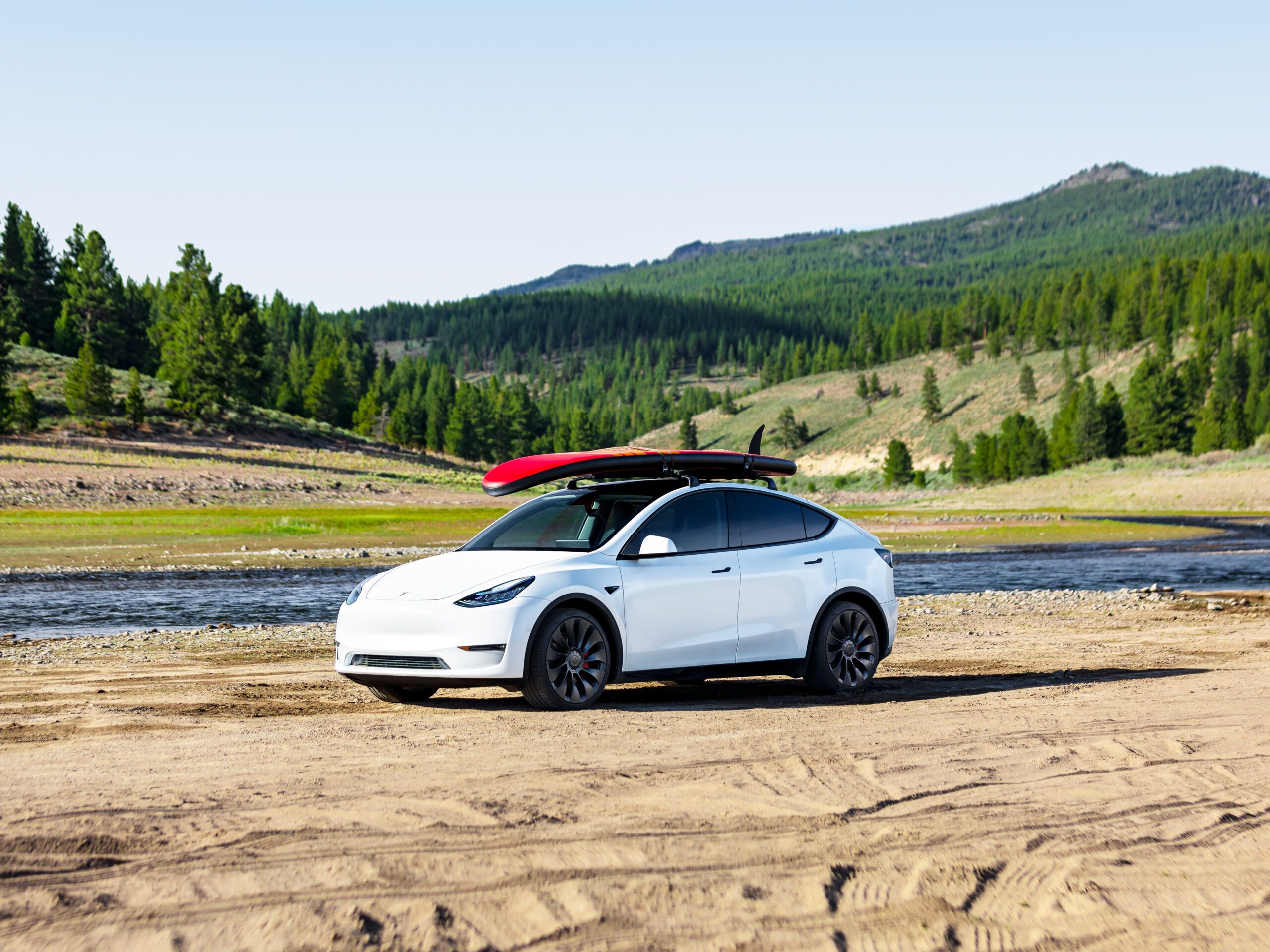On the evening of Sunday, August 1, ten U.S. Senators – from both sides of the political aisle – announced that they had come to a final agreement on a $1.2 trillion, eight-year infrastructure bill, called the Infrastructure Investment and Jobs Act, and released the text. The bipartisan nature of the bill is reflected not only in the negotiations and procedural votes for advancement but also in its passage in the Senate by a vote of 69 to 30. Should it be passed by the House of Representatives and then signed into law by the President, it will provide $550 billion in new infrastructure investment, in addition to spending previously approved. Projects receiving funding would include roads and bridges, passenger and freight rail, ports and airports, and broadband internet infrastructure. Perhaps the most important recipients of funding, though, are those sectors related to the country’s increasing obsession with all things electric.
The bipartisan infrastructure bill is guaranteed to usher the US toward increased support for and adoption of electric vehicles (EVs). Of particular note is the $7.5 billion that’s directed toward the expansion of a national network of EV charging stations. This will equate to the building and installation of about 250,000 new public stations and constitute “the first-ever national investment in EV charging infrastructure in the United States,” according to a White House fact sheet. Data from the U.S. Department of Energy’s Alternative Fueling Station Locator indicates that there are currently only around 43,000 charging stations across the country, including Tesla connectors. And although Tesla CEO Elon Musk announced on Twitter that “we’re making our Supercharger network open to other EVs later this year,” more infrastructure is clearly needed when one of the most common reasons for not going electric is “range anxiety,” or the fear of running out of juice and getting stranded. With more EV chargers located along highways, the long-distance traveler is guaranteed to get where they need to go. With more located around rural and economically disadvantaged regions, these “charging deserts” can become more connected than ever before. And with more in communities where people reside and work, moving about your local area can be done with ease. As an added benefit, the administration points out that this funding will help our EV market compete with China.
Another $7.5 billion is headed toward electric buses and ferries; the specific breakup includes an equal $2.5 billion funneled toward zero-emission buses, low emission buses, and ferries. Electrifying school buses, in particular, can make a huge impact. According to the World Resources Institute, there are 480,000 school buses in the US, but only 1 percent of them are electric. And these buses have harmful side effects for the 24 million children they carry each day: diesel pollution inside can be five times higher than in the air outside and can lead to a whole host of nasty side effects for health. Helping communities transition from diesel to electric will protect lives, support American bus and battery manufacturers – like California-based Proterra – and fuel job creation, all at the same time.
The electric grid is another beneficiary of the bill. Providing $73 billion towards making the country’s grid more modern and robust and investing in research and development of cleaner and more advanced technologies will ensure that the grid can handle the increased number of EVs encouraged by the rest of the funding. If all Americans adopt EVs, national electricity usage could shoot up by 25 percent. And the pressure is on to make sure the grid is prepared for such an electricity influx after a recent executive order set a goal for battery-electric, hydrogen fuel cell, and plug-in hybrid vehicles to account for 50 percent of domestic sales by 2030. General Motors Co., Ford Motor Co., and Stellantis accordingly adopted this as a voluntary target, and their chief officers were present at the announcement. Support was also found among the likes of BMW, Ford, Honda, Volkswagen, and Volvo, whose joint statement applauded leadership on “reducing emissions and investing in critical infrastructure to achieve these reductions.” With some of the biggest players all-in on a transition that will put a strain on an already strained system, it is important that this funding amounts to the “single largest investment in clean energy transmission in American history.”
Last but not least: batteries! In order to meet the administration’s EV goals, materials like lithium and nickel will be needed to produce batteries. Thus, $6 billion in grants is headed toward their manufacturing, processing, and recycling, particularly for the construction of demonstration plants and commercial facilities and modifications to facilities already in existence. The US, it seems, is preparing to take all parts of the electric vehicle process by storm.





